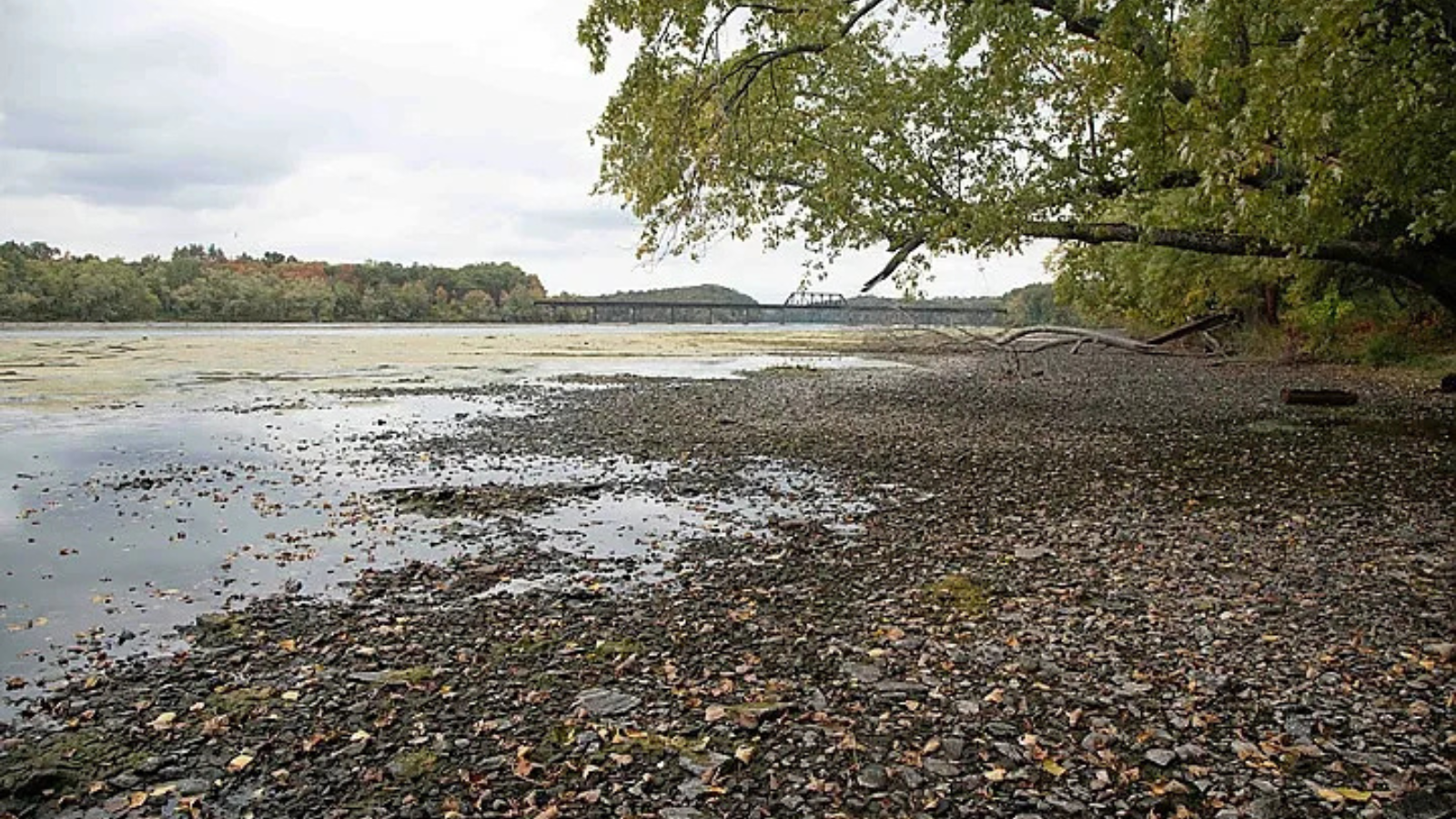Fall Drought Points to Climate Resiliency Needs
By Joe O’Leary
November 28 @ 9:00 am

Although recent precipitation has provided some temporary relief of Connecticut’s severe drought conditions, many experts say the drought is the latest evidence that climate resiliency is sorely needed.
The dry conditions are just the latest in a string of extreme weather events in recent years including wildfire smoke blowing in from Canada in 2023 and causing hazy conditions for weeks, extreme flooding from pounding, torrential rains and severe storms this summer, not to mention the summer of 2024’s designation as the hottest in Connecticut history.
Just an inch of rain falling from late August to mid-November contributed to severe drought statewide, drying out vegetation and sparking serious brush fires. One such blaze in Berlin and Meriden took the life of a Wethersfield firefighter in October and has cost millions to fight, CT Insider reported.
Last week, the U.S. Drought Monitor reported that all of Connecticut, save for a southeastern slice of New London County, is in “severe” drought. That classification is not quite as dire as that identification seems – “severe” comes before “extreme” and “exceptional” drought and represents the middle standard for drought conditions – but has advanced rapidly, given that on Oct. 1, 64% of the state was under “abnormally dry” conditions and 36% had no drought signifiers.
CT Insider said that part of the problem is sheer lack of rainfall – while Connecticut usually sees up to nine inches of rain, this autumn dropped just one inch.
Even with more than an inch of rain falling throughout the state on Nov. 21, that isn’t considered enough to break the conditions. As such, Gov. Ned Lamont has announced a drought advisory statewide, with its “stage 2” status considered an awareness stage before further action. That’s on top of a state of emergency, as well as a statewide burn ban.
The state has asked residents to voluntarily reduce water use by shutting down automatic outdoor irrigation, minimizing wasted water from leaky plumbing and adhering to other conservation requests.
Drought isn’t new to Connecticut, having struck as recently as 2022 when two of the state’s counties reached moderate drought conditions and some citizens were subject to water conservation rules. Other years of drought included 2021, 2016 and, especially severely, 2017.
However, drought has become more prevalent and common in recent years; according to the U.S. Drought Monitor, six of the last ten years have seen at least moderate drought reported in Connecticut, compared to ten of the last 25, indicating more frequent extreme weather.
The impacts across the state have been widespread. Agriculture is often damaged by drought, as are other natural conditions; the fire that sparked in Berlin and Meriden has cost millions of dollars, and acres of land across the state have been destroyed – even threatening businesses and homes.
CT Insider went further, speaking to medical professionals who said extreme weather like droughts have caused health impacts. For instance, wildfire smoke has reduced air quality in the state – not as bad as the thick smoke of June 2023, but still enough to impact air quality. Individuals with asthma and other breathing problems can experience issues in such conditions. They can, if conditions stretch on, also impact water quality and even make water difficult to access.
The main drawback for experts: as our climate and weather continue leaning into extremes, the state needs to prepare ahead of time, building on the Department of Energy and Environmental Protection’s climate adaptation and resilience efforts. Democratic lawmakers have introduced several bills on the topic in recent years and expect to continue fighting in 2025 and beyond.
Share this page: